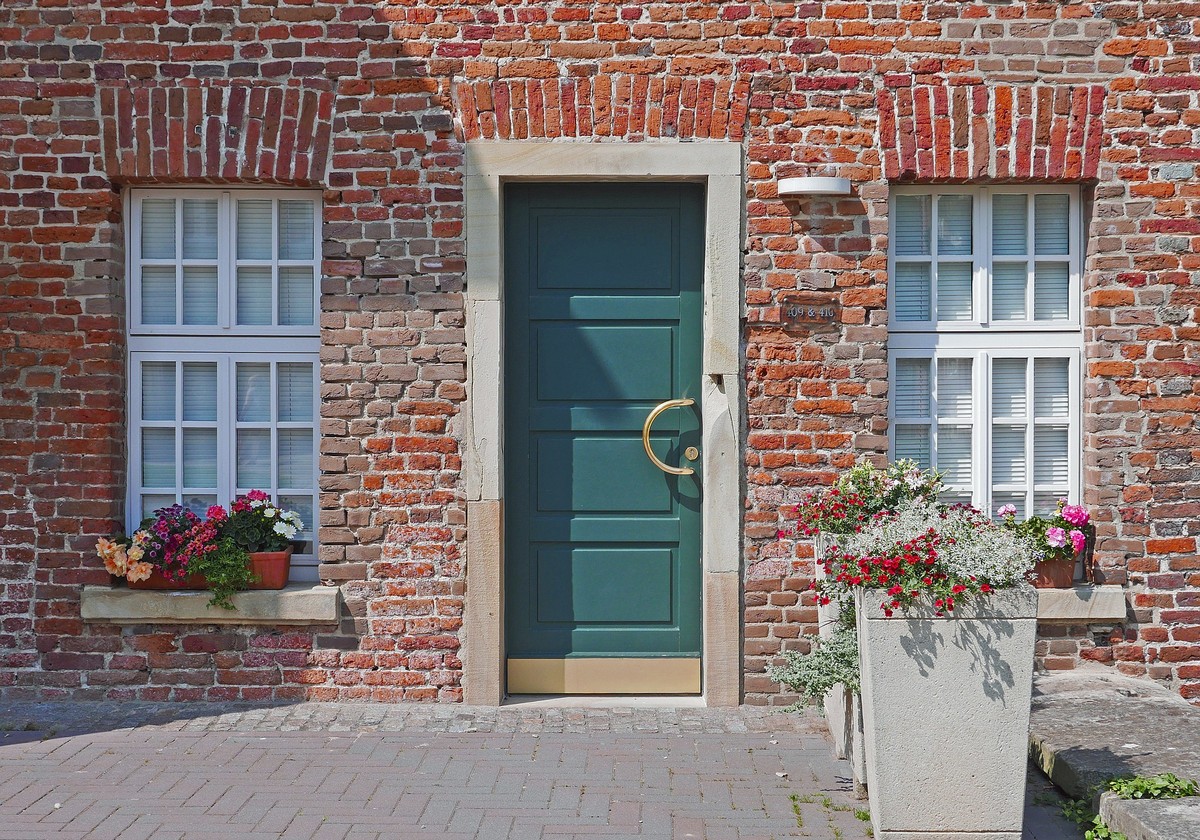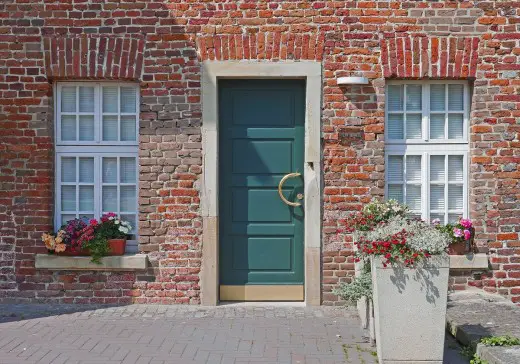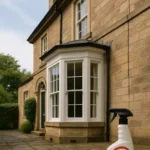Why are annexes becoming so popular guide, Lothian granny flat building expansion, Scottish home extension
Why Are Annexes Becoming So Popular Advice
22 July 2021
Lockdown measures gave rise to a trend of more homebound activities and multigenerational living, with the traditional “Granny Flat” growing immensely in popularity and home office extensions becoming the norm.
In 2021, the UK has seen a rapid rise of annexes and outside structures. According to Price Your Job: since 2018, annexes are up 300%, extensions by 50%, loft conversions by 112%, outhouses by 122% and garden offices by 161%.
In fact, one study found that around 10,000 people submit applications to build annexes every year, with an 82% success rate. And while most homeowners choose to build an annexe from scratch, there are also cases where existing structures – like sheds or storerooms – are converted.
Why Are Annexes Becoming So Popular – Reasons
Why the boom?
Cost of living – Lockdown saw many belts tightened out of pure necessity. For example, young families would merge living space with parents who could help with childcare, which is expensive. Young adults are also choosing to live at home more because of rising property costs.
Frail care – Elderly parents or family members often require care.
Remote working – Remote working is rapidly on the rise due to COVID.
Escapism from everyday life – As we spend longer periods of time indoors, having an annexe can help you get away from the rest of the family for a period, which can be conducive to better mental health – like the traditional “Man Cave”, studio, pub or hobby room.
How can you get an annex?
Planning permissions you may need – If the intention is to have someone living in the annex every day, planning permission or a Certificate of Lawfulness from your LPA (Local Planning Authority) is a must. In some cases – like if the structure is temporary or purely for leisure and won’t be serving as a living space – planning permission may not be needed. But the best way to find out what permissions apply is to consult with an expert. A garden annex needs permission from the local authority, which can be obtained via a normal planning application. But a booths annexe must comply with the Caravan Sites Act and meet specific development rules, for example.
DIY vs hiring professionals – Depending on your level of building expertise and qualifications, DIY can be an option. But hiring professionals to get the job done properly and to local legal standards is always recommended. Experienced contractors are well-versed in government standards and will, more than likely, get the job done quicker. Plus, they will have better insight into the best materials to use and will be able to identify the most cost-effective methods.
Costs of everything – There are a few factors that can influence building an annexe. For example, you could either go with a prefabricated structure or choose to have it built from scratch. Building from scratch, while generally more expensive, does give you more control over the design and layout of the final structure. As with any potentially costly exercise, extensive research is always the best place to start. Shop around online for case studies and materials. Discuss pricing with expert contractors and carefully consider the long-term purpose of the structure.
Granny annexe long-term benefits
Added property value – On average, a Granny annexe could potentially add between 20 and 30% to your property value. It all depends on the size and type of construction it is, though. Self-contained living spaces that are self-sufficient and connected to power and water make the space more versatile, as they can be used for just about any purpose.
The versatility factor makes Granny annexes valuable considerations for potential buyers; particularly in a time when more families are looking for bigger living spaces, on-site workspaces and escapes from everyday life.
Gregory Smith, of priceyourjob.co.uk says, “Whatever the purpose of your annexe is in the short-term, it’s extremely important that, when you build it, you don’t cut too many corners that may affect its value in the bigger picture. Additional living or working space in any home comes at a premium. And ultimately, anything you invest in building your annexe will be recouped in the long-term, because if it’s done the right way, your property value will increase without fail.
“Consider creating a space that has multi-functionality and look around at what has worked for other homeowners who have embarked on similar projects. COVID has seen a massive rise in home renovations and add-ons. You needn’t look very far to see what works. Consulting experts will always help you make the most pragmatic decision”.
Granny Annexes and stamp duty
In terms of tax, annexes are generally disregarded as “additional” or second homes, which mean an additional stamp duty surcharge. The annexe counts for the relief, but it does not count for the stamp duty surcharge – provided certain conditions are met.
The conditions are quite straightforward: The annexe must simply be on the same land or in the same building as the main structure and must be worth one third or less of the total purchase price.
Always shop around
As COVID-19 continues to change mindsets and make more people turn to more home-based lifestyles, the annexe boom has turned out to be a natural conclusion across the UK. There is no right or wrong, “one size fits all” strategy when it comes to making any addition to your home. Staying informed is the best you can do for yourself in the interest of maintaining your optimum property value and getting the most out of the additional space you choose to build onto your home.
In closing, here are four of the most important considerations to take into account when building that all-important add-on.
- Finances – Always shop around to get the most value out of your investment.
- Space – Make sure that you plan the space with long-term potential in mind.
- Workmanship – Whether you do it yourself or find a qualified contractor, cutting corners never ends well. Spending more upfront is often the best course of action that will yield long-term value.
- Research – Don’t go in blind. Investigate what works for other homeowners and protect yourself in terms of regulatory requirements.
Comments on this guide for Why are annexes becoming so popular article are welcome.
Edinburgh Architecture
Powderhall Stables Building
Powderhall Stables Building News
EAA Awards
EAA Awards
Comments on this guide to Why are annexes becoming so popular advice – granny flat boom article are welcome.






